Atah Manhig: A Life in Reform Judaism
“You don’t belong here, Lance. This place is too small for you. Atah manhig (you’re a leader)!” Around thirty years ago our visiting professor of Bible, a Russian-born and bred Brezhnev lookalike who came to us from Haifa, addressed these prophetic words to my friend and then-colleague, Lance Sussman. At the time, in addition to teaching in the History Department at Binghamton, Sussman served as the rabbi of a very small local congregation, but it wasn’t too long before he did indeed leave for a larger arena: Philadelphia. There he became the rabbi of the long-established and very large Reform Congregation Keneseth Israel in Elkins Park—which didn’t prevent him from continuing his fruitful career as a scholar (and adjunct professor at a number of major and minor universities) of American Jewish history and did offer him a greater opportunity to play a leadership role in the Reform movement nationwide.
Now, recently retired from his position at Keneseth Israel (yet anything but inactive), Sussman has just produced a new, massive publication, a 600-page collection of some of the sermons he delivered at that synagogue from 2001 onwards. Reading them is, of course, not the same as hearing him speak, as I have countless times. And describing what I’ve seen isn’t easy. Sussman has no technique and employs no artifice. He doesn’t raise or lower his voice or even move his arms very much. He just talks to a congregation—or any crowd—as if he is holding forth in a seminar room. Little jokes here and there make him seem gentle, despite his formidable height. What makes him irresistible is his unmistakable sincerity. On the printed page, therefore, the sermons lose something in transcription, but they still stand quite well by themselves and deserve wide attention.
Not on account of their theology. In one of his earlier sermons, Sussman recounts how, as a young rabbinical student, he was confronted by a friend of his fiancée’s family, a Jewish communal activist whom he had expected to be impressed by his status. “How much of that garbage do you really believe?” the man asked. As it turns out, not much, not when he was a student and, by his own admission, not later either. If you handed Sussman Maimonides’s thirteen principles and asked him to check off the ones that he could affirm with perfect faith, it’s evident from what he says in his sermons that he’d give back the list without making many marks on it. That he rejects many of them out of hand, including the eleventh, which holds that God rewards the good and punishes the evil, he doesn’t hesitate to say from the pulpit.
He can do so, of course, without fearing that he will be chased off the bimah. In his lack of well-defined convictions, he’s no different, he realizes and forthrightly states, from the majority of his congregants. But that doesn’t prevent him from seeing the great value of a religious life rooted in something shakier than firm belief. He insists that human beings are spiritual creatures, and he berates “religion’s loudest critics today” for creating “a clay-pigeon model of religious life, which emphasizes its worst aspects and conveniently forgets other more compassionate and modest expressions of the spirit.” Religion, in the right, limited dose, can, he maintains, “actually be helpful in building community, inculcating kindness, helping people in pain, and helping us in our search for a modicum of happiness in this life.”
His sermons provide, over the years, a number of touching examples of what he means, enough to substantiate his claim that “a little bit of religion is a good thing whether or not you fully embrace the idea of God.” And it is hard not to be moved by his evocations of certain activities and familiar rituals:
When you bring your kids or grandkids to Hebrew school or decide to support your synagogue or light Shabbat candles, you are doing something big, something huge. You are not just preparing for a bar mitzvah. You are nurturing a soul. You are not just clearing another piece of paper off your desk. You’re keeping the ner tamid, the eternal light of faith, alive. You are not just adding a nice, aesthetic touch to your home. You are bringing light to the world.
Sussman’s sermons do not abound with Talmudic citations. He is, after all, a Reform rabbi. But the Bible is often on his lips—even the book of Leviticus, which, as he acknowledges, “remains a problem for most Reform Jews today.” In a sermon focused on Parshat Shemini (Leviticus 11), he notes that it supplies the textual foundation of kashrut, and proceeds to supply a capsule history of kashrut in America (including a quick account of the infamous “Trefa Banquet” at Hebrew Union College in 1883, on which he has written a lengthy and authoritative article). Sussman doesn’t actually advise anyone to keep kosher, but he observes without criticism how Reform’s longstanding renunciation of the practice has given way in recent years to more openness to it. And he is prepared, in the end, to affirm that “the possibilities of an ethical, health-based, spiritual approach to culinary culture in the Progressive Jewish community are endless today, an increasingly important part of the flourishing of kashrut in our time.”
I’m afraid, though, that the kind of religiosity that Sussman praises would seem rather flimsy to me if it weren’t thoroughly blended with a strong sense of history and peoplehood. Nowhere does this combination come across more powerfully than in his references to Germany, the land of his mother’s birth. His sermons are studded with capsule explanations of everything from the emancipation of German Jewry, the development of Reform Judaism in the country, and the Nazi era. On one occasion, he focuses on Bamberg, the Bavarian town where his grandfather owned a silk factory—until it was Aryanized in 1938. Hitler, he explains, totally demolished the local Jewish community, but it has miraculously risen from the ashes, thanks, in part, to the strenuous efforts of Heinrich Olmer, the son of Polish Jewish refugees born in Bamberg after the war. Under his leadership, the growing Bamberg Jewish community designed a new synagogue, to be built in the repurposed factory building once owned by Sussman’s grandfather.
On July 4, 2003, Sussman and his family:
Stood in front of the factory, now mostly a construction site, and said prayers of rededication with Heinrich. That night, we joined the local Jewish community for Shabbat services. The house was full, and a special Oneg Shabbat had been prepared. When Olmer introduced my mother to the congregation and explained her connection to the factory, and soon-to-be synagogue, the room broke out in sustained applause.
Such stories of “the old country” are close to the heart of Sussman’s sermons, but he more often has occasion to recount the history of American Jews. Sussman is, after all, no less an American Jewish historian than an American rabbi, and he is acutely aware of (and vastly knowledgeable about) his people’s past in the land to which his forbears were relative newcomers. He is sensitive to the ways in which this heritage penetrates the very walls of his synagogue, which a century and a half ago was presided over (albeit in a different building) by David Einhorn, “the first major theologian and liturgist of Reform Judaism in America.” Sussman refers to Einhorn frequently but, not surprisingly, it is not his theology but his morality that he stresses. “When Rabbi David Einhorn came to KI in 1862,” after having been chased out of Baltimore on account of his abolitionism, “his antislavery message was loud, clear, and undiminished, just as it had been in Baltimore. Slavery, he taught, is the ultimate perversion of ethics and economy. It is all greed and no heart. If we are commanded to help an overworked ox, in the Torah, what about a slave who is whipped, bound, and hanged for sport?”
Sussman loves America, as he has demonstrated in his (and legal scholar Paul Finkelman’s) most recent contribution to this magazine, but he loves Israel too, and has since his adolescence. In a 2014 sermon he mentioned that he had visited the country thirty times since 1969, most often, in later years, leading groups of congregants. And while his sermons include, in passing, a substantial amount of Zionist and Israeli history, he more often concentrates on current events. With striking consistency, he defends the state ardently, if not always uncritically. He regrets the loss of “egalitarian rights” at the Western Wall, but he sees the need for the security wall that cuts through the West Bank. “The Security Wall is actually more than a wall,” he explained in a 2003 sermon. “It is a complex system of fences and security apparatuses. The idea for a separation wall was hatched in response to the relentless suicide bombings initiated by Hamas and Islamic Jihad during the current Intifada. Something needed to be done to impede the movement of would-be bombers from their lairs in the territories.” He has hoped, however, for a long time that the wall will ultimately prove to be the prelude to a two-state solution, and I suspect that even after what happened on October 7 he has held onto this hope.
Sussman’s title is right: his book is a portrait of an American rabbi—at a certain time. It displays to us the heart of a man with multiple overlapping loves, boundless energy, and an ability to explain himself, his religion, and his loyalties to his congregants in language capable not only of keeping them awake (some of these sermons are quite long) but of drawing them in as well. I wasn’t present in the synagogue to hear any of the sermons included in his new book, but what I heard and saw in Binghamton gave me ample reason to believe that Sussman was as effective a preacher in the big city as he was in a small town. Whether the kind of Judaism he so ardently promoted in Philadelphia will endure—as he hopes it will—might very well depend on how many men and women like him can succeed in propounding it in the future.
Suggested Reading
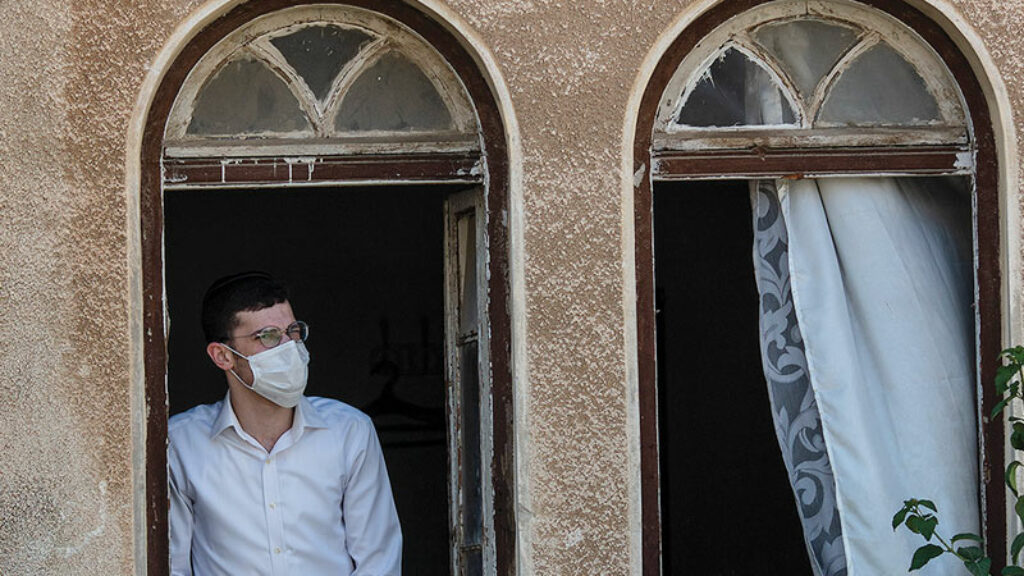
State, Power, Religious Control: How COVID-19 Raises New Political Questions: An Exchange
Between rabbinic rulings and public policy: a response from Daniel Goldman and Yossi Shain and a rejoinder from Yehoshua Pfeffer.
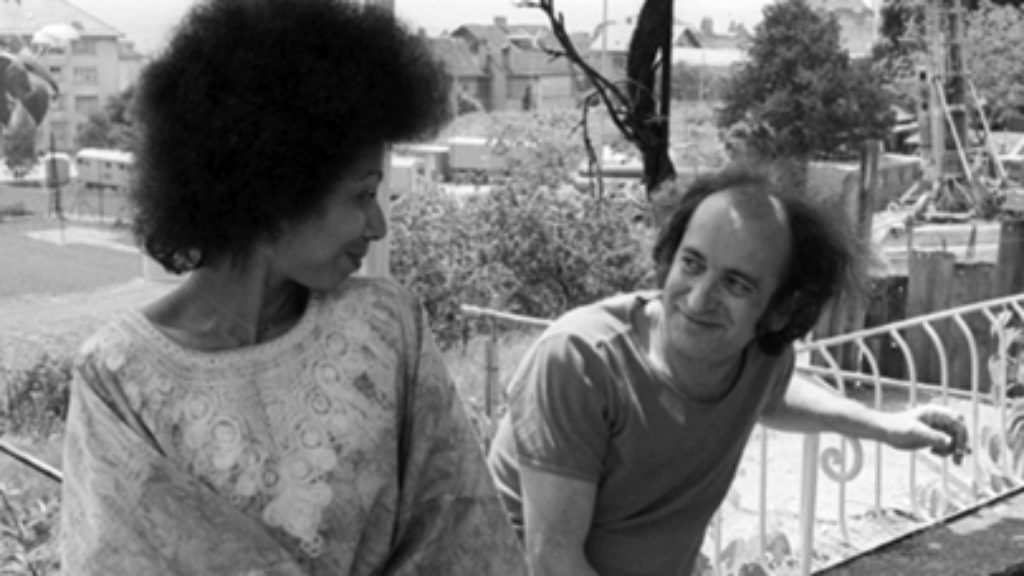
Lamed-Vovnik
André Schwarz-Bart's posthumous The Morning Star goes where no Holocaust novel has gone before.
Inconceivable
Two new books push readers to examine the phenomenon of childlessness in the Jewish tradition and modern Jewish life.
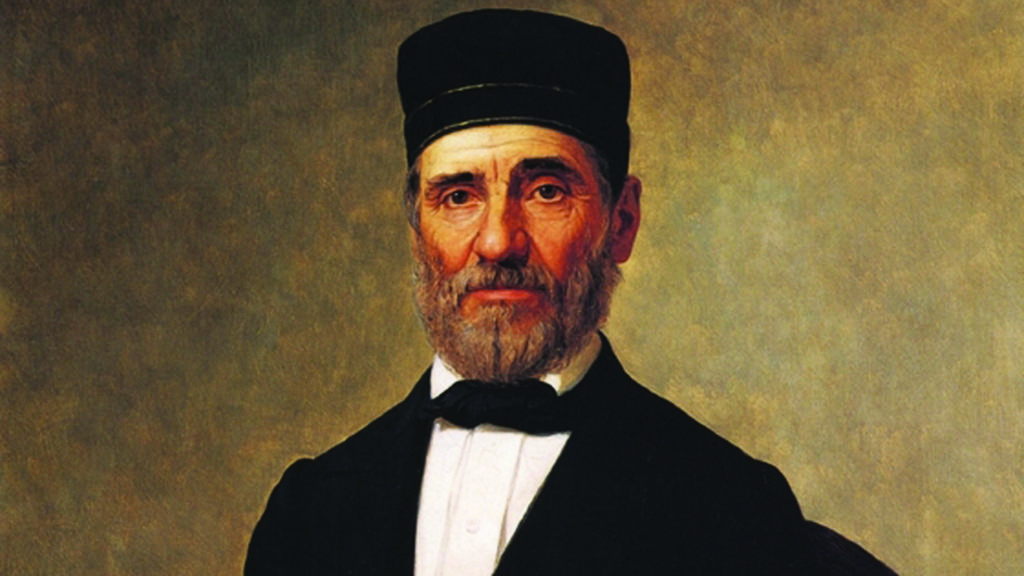
Minhag America
Since the founding of the United States, the American "synagoguge" has survived as a flexible institution—some would argue, too flexible.
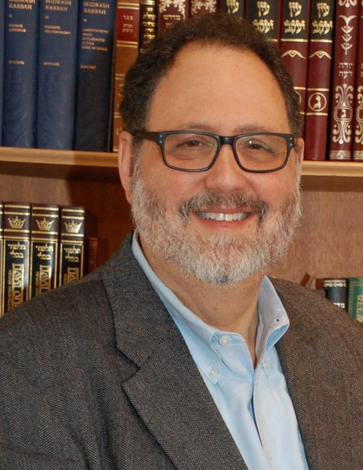
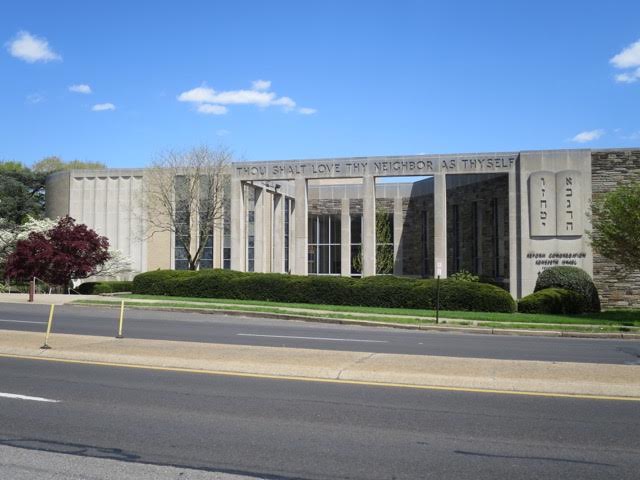
Comments
You must log in to comment Log In